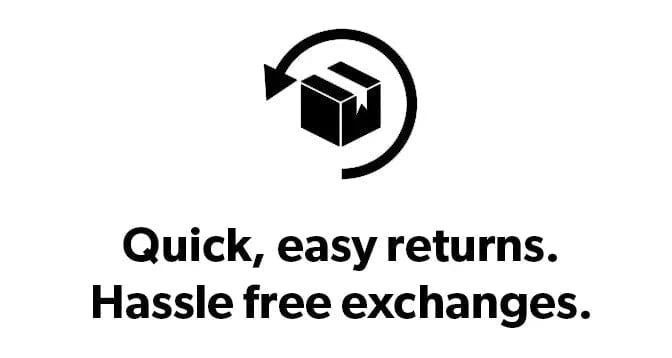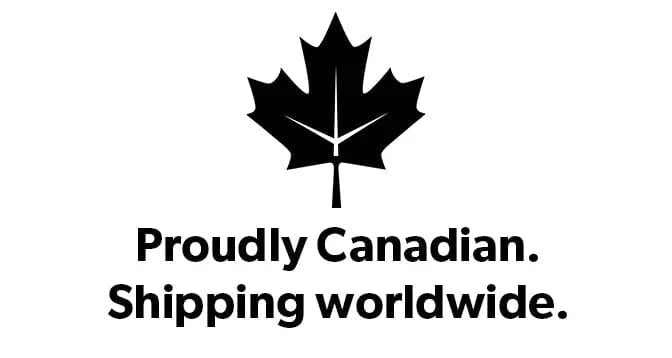Warrior Swagger SR2 Junior Wood Goalie Stick
- 0 left in stock

Free Shipping Over $200

Fast Easy Returns

Best Price Promise
Foam core sticks have been around in goaltending for almost as long as the position itself. The Warrior SR2 junior goalie stick is Warrior's affordable entry into the foam core market.
The Warrior SR2 junior goalie stick is a much lighter stick than the Swagger Wood that it is replacing. It features a reinforced wood shaft mated to a foam core paddle, rather than the full wood core that its older brother had. Using this foam core reduces weight massively when compared to solid wood.
The Warrior SR2 junior goalie stick is balanced precisely to make the stick feel far lighter than it actually is, and with the classic pro design the feel of the stick is as expected for something foam core. The rebound off the stick will vibrate considerably less than a comparable composite stick.
Warrior's SR2 junior goalie stick is the perfect tool for a goalie that wants the feel of a foam core stick, and isn't looking to spend a lot of money to get it.
Foam core sticks have been around in goaltending for almost as long as the position itself. The Warrior SR2 junior goalie stick is Warrior's affordable entry into the foam core market.
The Warrior SR2 junior goalie stick is a much lighter stick than the Swagger Wood that it is replacing. It features a reinforced wood shaft mated to a foam core paddle, rather than the full wood core that its older brother had. Using this foam core reduces weight massively when compared to solid wood.
The Warrior SR2 junior goalie stick is balanced precisely to make the stick feel far lighter than it actually is, and with the classic pro design the feel of the stick is as expected for something foam core. The rebound off the stick will vibrate considerably less than a comparable composite stick.
Warrior's SR2 junior goalie stick is the perfect tool for a goalie that wants the feel of a foam core stick, and isn't looking to spend a lot of money to get it.

Goalie Stick Sizing Information
Unlike other pieces of gear, Goalie Sticks are sized mostly to the goaltender’s preference and playing style rather than their height. The most important measurement, when purchasing a new goal stick, is the paddle height (the wide portion of the stick), which is usually taken from the heel of the stick to the shaft/paddle interface. The reason for the paddle height’s significance is because it sets up the goaltender’s depth in the ready stance and (if properly sized) positions the blocker in an optimal position.
Sizing Your Goalie Stick
To start analyzing the size of your goalie stick, put on your goalie skates to get an accurate height of where you will be in your stance. If you’re looking to be even more accurate, strap on your goalie pads and blocker as well. Once that is done, get comfortable in your natural stance (the one you’d be in during a majority of gameplay) and look for the following:
1. The entire blade of the stick is flush with the ground while being 1’ - 2’ in front of your feet
2. After getting your stick into the flush position, check that the inside edge of the blocker hand sits on the outside edge of the goal pad (this is while holding just above the paddle).
Goalie Stick Sizing Considerations
Goalie Stick sizing can be very subjective compared to other pieces of equipment. The reason for this is the ambiguity of each goaltenders ‘natural stance’, especially with younger goaltenders. It is rather common for children to use taller sticks in comparison to their height, as their stance depth isn’t usually as aggressive as a seasoned goalie.
The shaft length of a goalie stick is usually best left at its stock length, as it serves to counteract the weight of the blade and ideally place the center of gravity at the top of the paddle. The one exception to this rule is for advanced puck handlers, cutting the shaft will allow more power transfer when shooting as a result of being able to keep the blade flush to the ice while near the goaltender’s feet.














